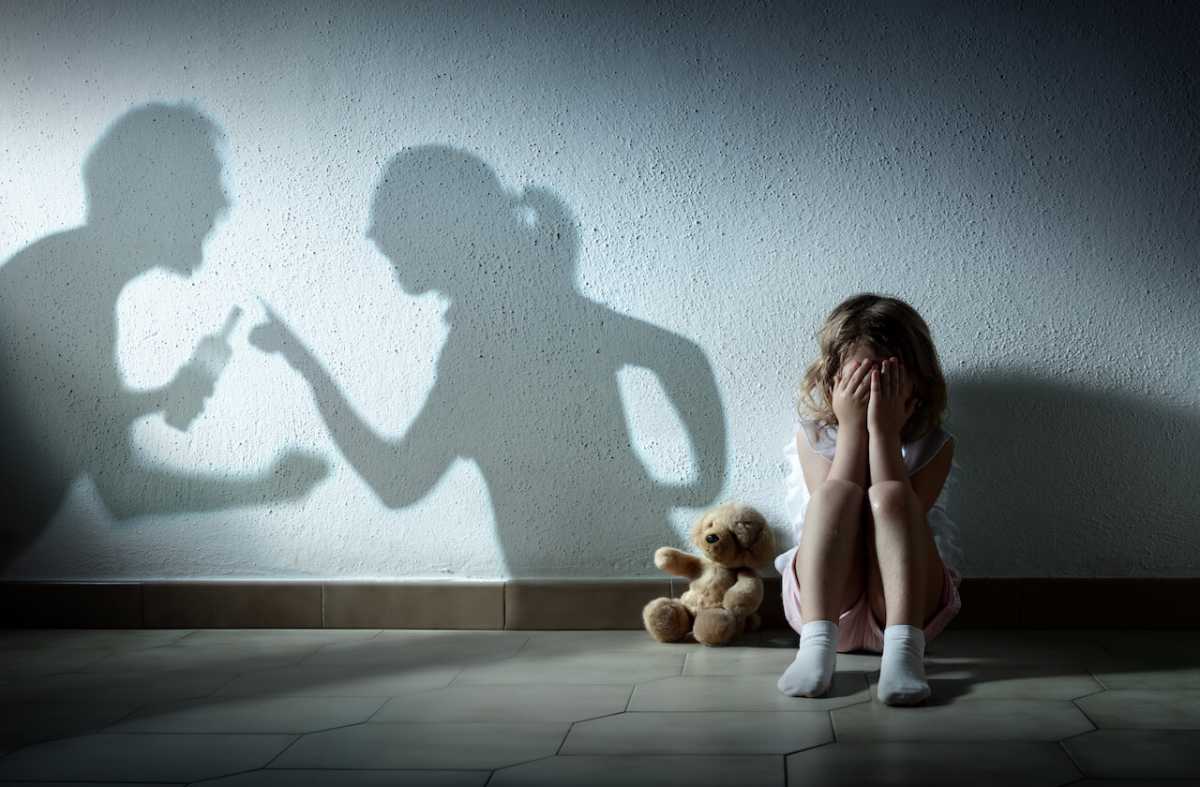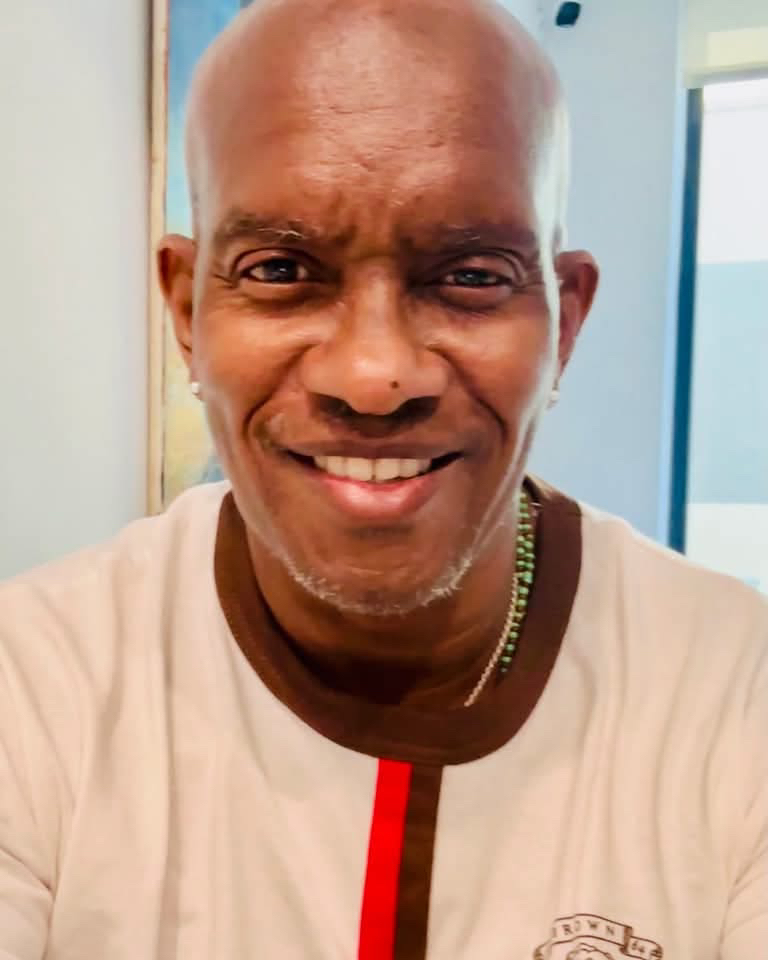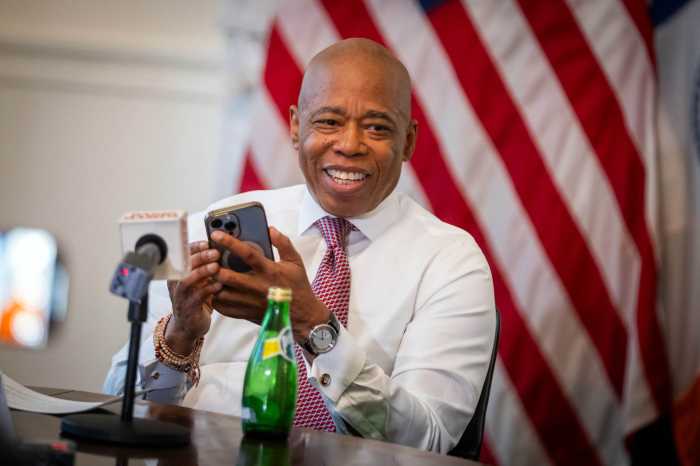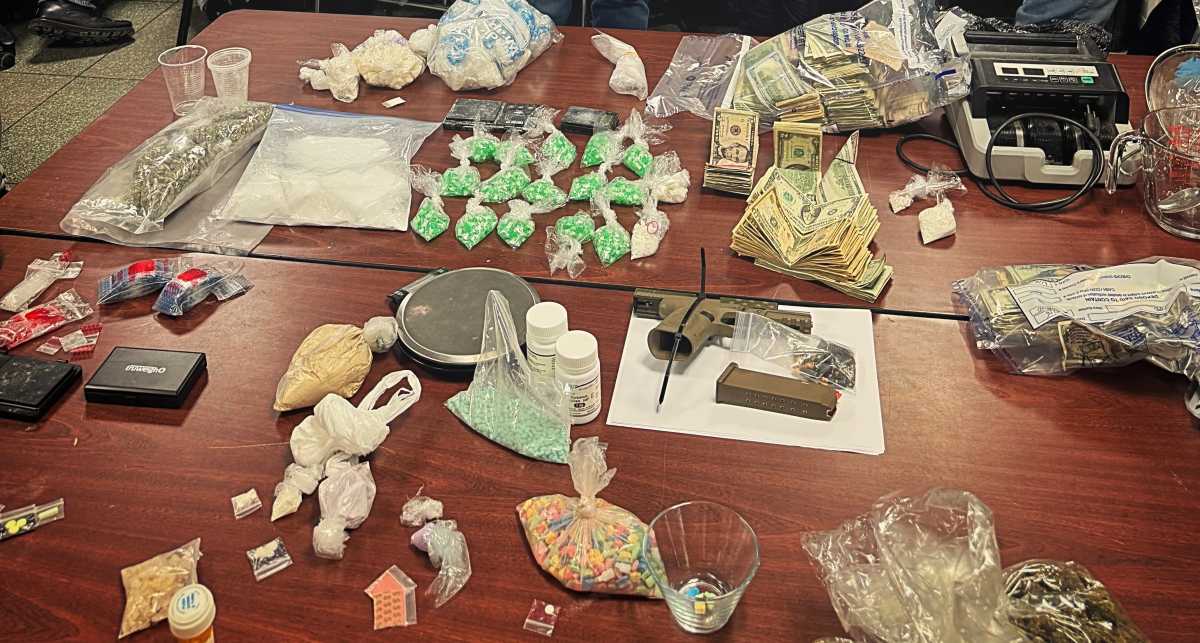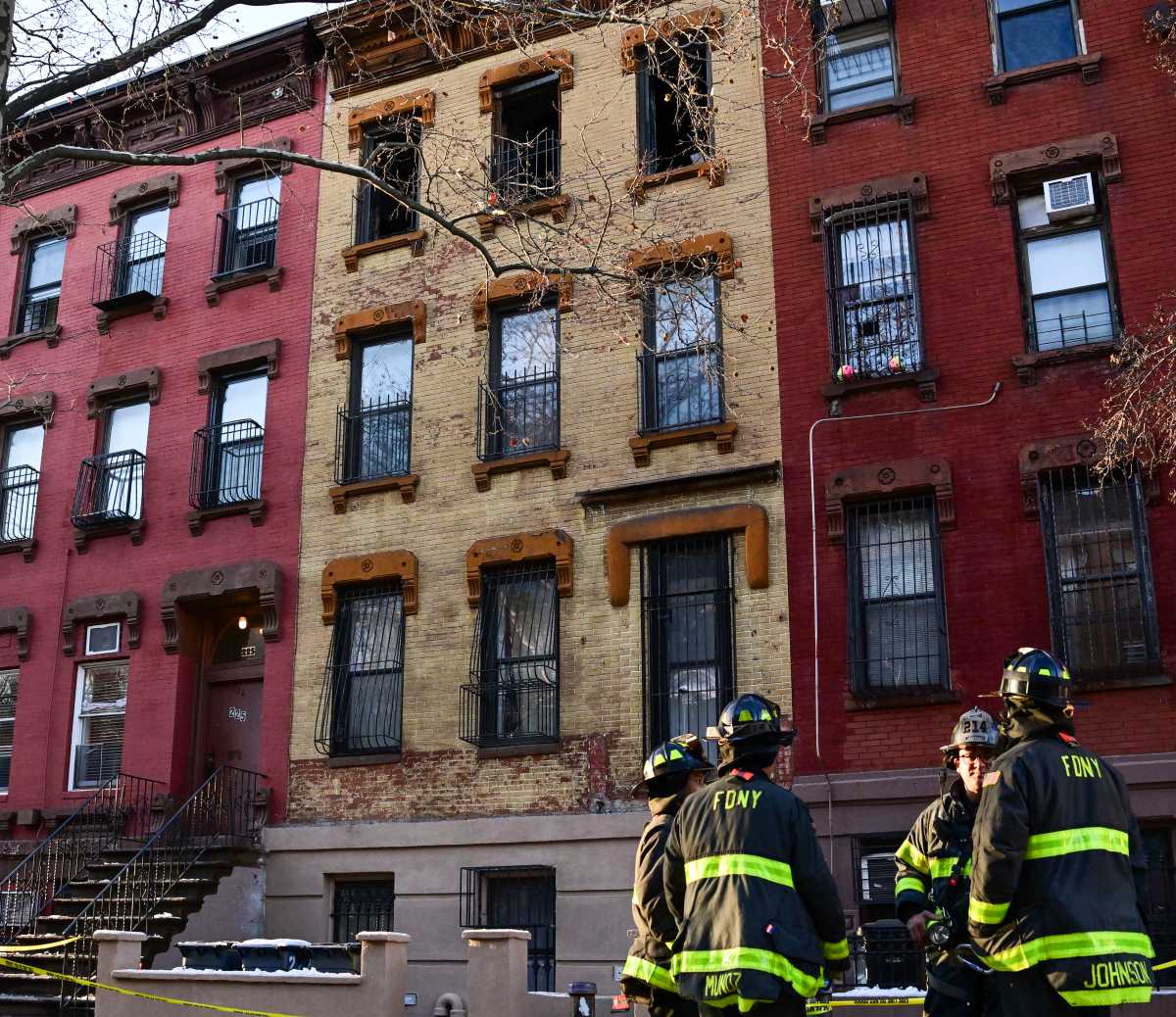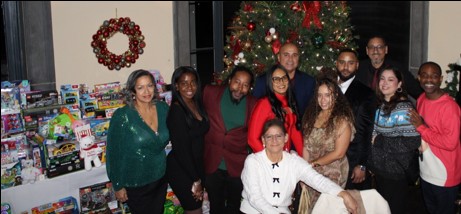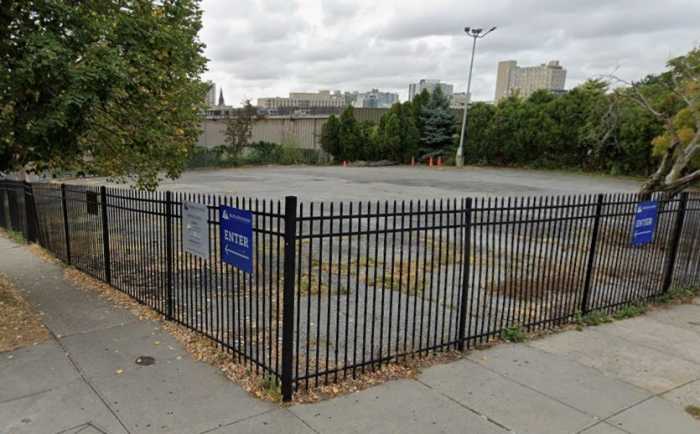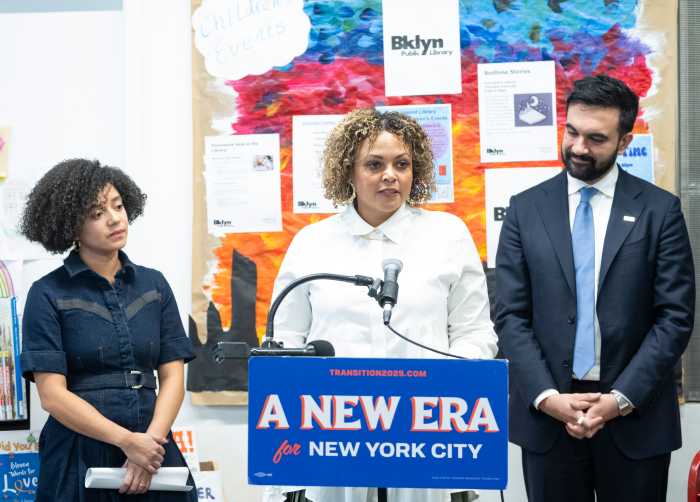As football fans across the country enjoy the NFL playoffs, many are doing so with an understanding of the relationship between football and traumatic brain injuries (TBIs), such as concussions and brain disorders like chronic traumatic encephalopathy (CTE).
While this connection may now seem like common sense, it took years of conversations about player safety, investments in new helmet technologies, and dramatic rule changes for the culture to shift. It was only 8 years ago, in 2016, that the NFL first spoke candidly about the long-term health risks that head injuries pose to its players.
This shift in how we think about America’s favorite sport, ranging from pee-wee leagues to the NFL, is a reminder of the power of first-hand testimony, innovative scientific research, and outspoken advocacy to create change. Football’s omnipresence in our culture and media means that many Americans view concussions primarily as a football issue—one that impacts primarily male athletes—but that could not be further from the truth.
It is time for a broader revolution in our understanding of TBIs and their impact on America’s mental, physical, and social health—and which populations are most vulnerable. That revolution starts with focusing on the millions of domestic violence survivors nationwide.
Survivors of domestic violence experience traumatic brain injuries at staggeringly high levels. Existing studies show that as many as 80 percent of survivors have experienced TBIs such as concussions or neck injuries, with strangulation as the cause of a significant proportion of TBIs.
Despite this, the link between domestic violence and traumatic brain injuries is not well understood by first responders, policymakers, and the institutions and systems that care for and work with survivors of domestic violence. This can partially be attributed to a focus on other worthy initiatives, like getting survivors out of dangerous living situations and, ideally, bringing perpetrators to justice.
But this lack of understanding can lead to a mischaracterization of TBI symptoms like slurred speech or difficulty regulating emotions as being caused by behavioral health issues, anxiety, or substance use, rather than potential brain injury.
That means domestic violence survivors are rarely assessed for TBIs in their interactions with law enforcement, medical care, mental health systems, or even victims’ services. As such, the statistic that 1.5 million Americans experience a traumatic brain injury each year (including 230,000 hospitalized annually) is likely a serious undercount.
The consequences of traumatic brain injuries reverberate through all aspects of sufferers’ lives and can significantly impact their ability to get back on their feet. Undiagnosed and untreated negative symptoms of concussion and other TBIs—including memory loss, light sensitivity, and constant headaches—often negatively impact the credibility of survivors’ testimony in the eyes of law enforcement, as well as their ability to navigate the child welfare system, secure and maintain employment and housing, and meet other basic needs.
On average, it takes women seven attempts to leave an abusive relationship for good. To do so successfully, domestic violence survivors need safe, stable housing and employment, which is a significant challenge in squeezed markets like New York City – partially explaining why domestic violence is one of the leading causes of homelessness in New York City.
Our current failure to appropriately treat and support survivors experiencing TBIs makes them more likely to be economically distressed in the long term. In other words, if we want to provide survivors with the holistic care they need and deserve and end homelessness, we must apply the same attention and resources to head injuries suffered by survivors of domestic violence as we do to those sustained by male athletes.
In 2022, Volunteers of America-Greater New York (VOA-GNY) launched a pilot program in partnership with Safe Living Space, a domestic violence and TBI awareness nonprofit, implementing routine brain injury screenings as part of our domestic violence shelter intake process, and connecting those with suspected TBIs with the proper follow-up care.
In the year since we launched this program, the results have confirmed our worst fears: there is an epidemic of undiagnosed, untreated traumatic brain injuries in New York—and likely across the country. Thus far, more than 400 survivors have been screened at VOA-GNY’s seven DV shelters. A staggering 57 percent experienced at least one symptomatic injury to the head or neck within the last year.
These are preliminary results, but they are nonetheless sobering for anyone who cares about the health and long-term success of survivors of domestic violence. They suggest that, as the NFL has done, we need to take drastic action to better understand and confront this epidemic of traumatic brain injuries. It is both an essential component of a plan to help survivors of domestic violence recover and thrive, and of any campaign to end homelessness.
Late last year, the New York City Council introduced legislation that, if passed, will serve as an important first step towards this goal. The bill, introduced by Majority Leader Amanda Farías, seeks to increase public awareness of TBIs in domestic violence survivors, mandate TBI screenings as a part of how first responders evaluate possible domestic violence situations, as well as establish a pilot concussion clinic for domestic violence survivors.
It is vital that the New York City Council pass this bill, which should then be replicated in cities across the country. We must offer the same energy, resources, and ambition to supporting domestic violence survivors as was done with football, ensuring that undiagnosed and untreated TBIs are one less obstacle in survivors’ path to safety and success.
This crisis has gone on for far too long, and the process of ending it must begin now. It’s time to show that the health and healing of the millions of domestic violence survivors in our communities matter as much to us as that of professional athletes. It’s what survivors deserve.
Withers is Chief Program Officer and Executive Vice President at Volunteers of America–Greater New York. Dr. Zusman is the CEO and Executive Director of Safe Living Space. Farías is Majority Leader of the New York City Council and represents District 18 in the Southeast Bronx



